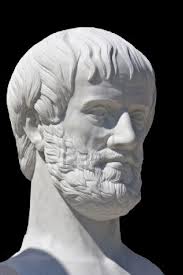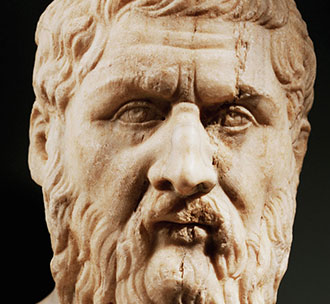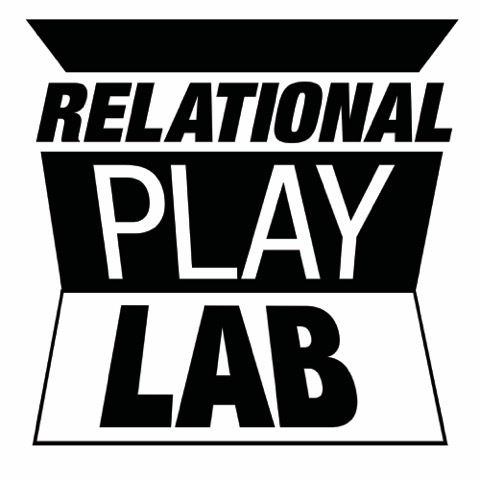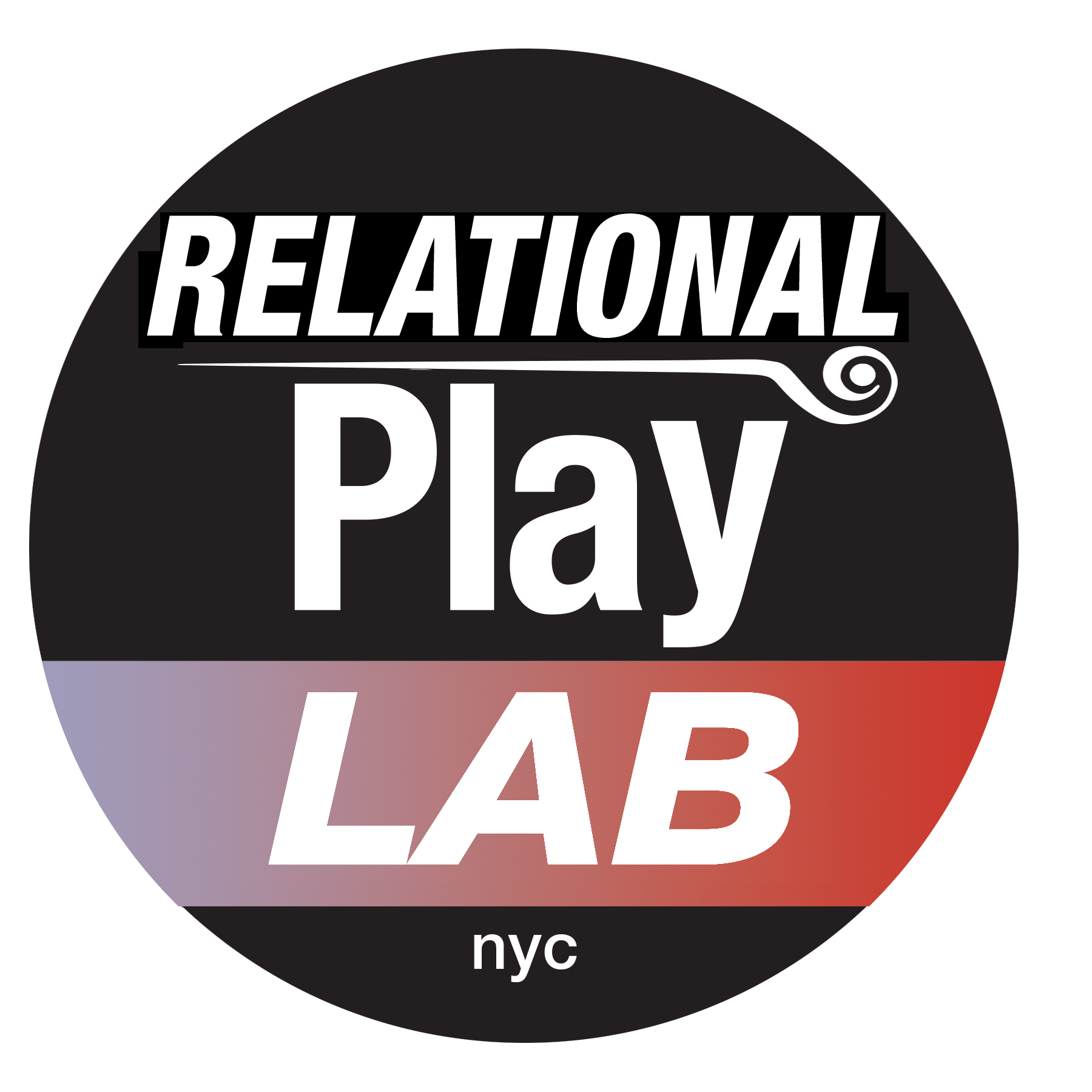Read moreThe jester persona has played an essential role as an agent for change throughout history and across cultures. (2012, p. 310)
the jester serving as metaphorical guide to things both familiar and strange, things both controlled and playfully improvisatory, things both fixed and uncertain, and things both destructive and brimming with possibilities for constructing new realities. (p. 311)
On a practical level, then, dialectical mechanisms expand our perspective and leverage creative thinking. Bringing together contradictory entities to express a problem embodies an inherently jester-like strategy, one that relies on a spirit of open-ended play to conjure new meaning out of apparent chaos. It provides a highly effective means of initiating and facilitating creative tasks.“Conflict,” as John Dewey reminds us, “is the gadfly of thought. It stirs us to observation and memory. It instigates invention, shocks us out of sheep-like passivity, and sets us noting and contriving.” Any creative journey is full of such contradiction, paradox, and uncertainty, fueled by reciprocal interactions of stability and instability, randomness and increasing levels of organization. Along the way, and with play at its core, this vibrant creative process enlivens our world and gives us the flexibility to evolve and flourish. (p. 314)The jester, having no fixed position (zero) and no preexisting meaning, also exemplifies the transformative quality of dynamic processes. In himself, he is not any one thing but is potentially all things, shaped by and shaping meaning as subject in relation to situations and to other actors or players. Never single, static, or complete, he is ever changing and always plural. Creativity, like all complex dynamic systems, is a function of such transformation through emergence, i.e. the process by which global-level structures or patterns (weather systems for example) arise from interactive, local-level processes that include random and unforeseeable factors. Creativity cannot be analyzed rationally nor predicted from the behavior or properties of its component elements alone. It arises instead, as a result of multiple reciprocal interactions of individuals, environments, and the passage of time. The jester’s creative narrative, though, is never linear. He weaves his tale playfully, in alternative and nonlinear ways, as a discontinuous travelogue through fields both real and imagined, never lingering in static frames or hierarchies and assuming only the infinite pleasure of continuing the process. (pp 315-316)

Aristotle’s Dichotomy: Work or Play
Plato had a more encompassing view of play, while Aristotle gave the Western world one of the most prevailing dichotomies: work and play as separate entities. One either plays or works. Or the popular idea that “we work hard and play hard”. Aristotle...
Plato and Play
What was play in the classical period? How did Plato view play? Armand D’Angour, Faculty of Classics at Jesus College, Oxford University, provides answers to these questions in his informative and accessible writing in “Plato and Play”. He states,...
More On Play
A dog chasing a ball. Children playing tag. These are examples of what is commonly understood as play. Dogs are perhaps our most unambiguous practitioners of play. They need no excuse to drop into a play bow and start the play rolling. Children in a park will enter...
About Relational PlayLab
OUR MISSION “Relational Intelligence for an Inclusive World: To explore and implement play as a generative creative resource for individuals, teams, and organizations.” PROJECTS A Creator’s Journey Play, Improv & Emergence in Dialogic Processes...

